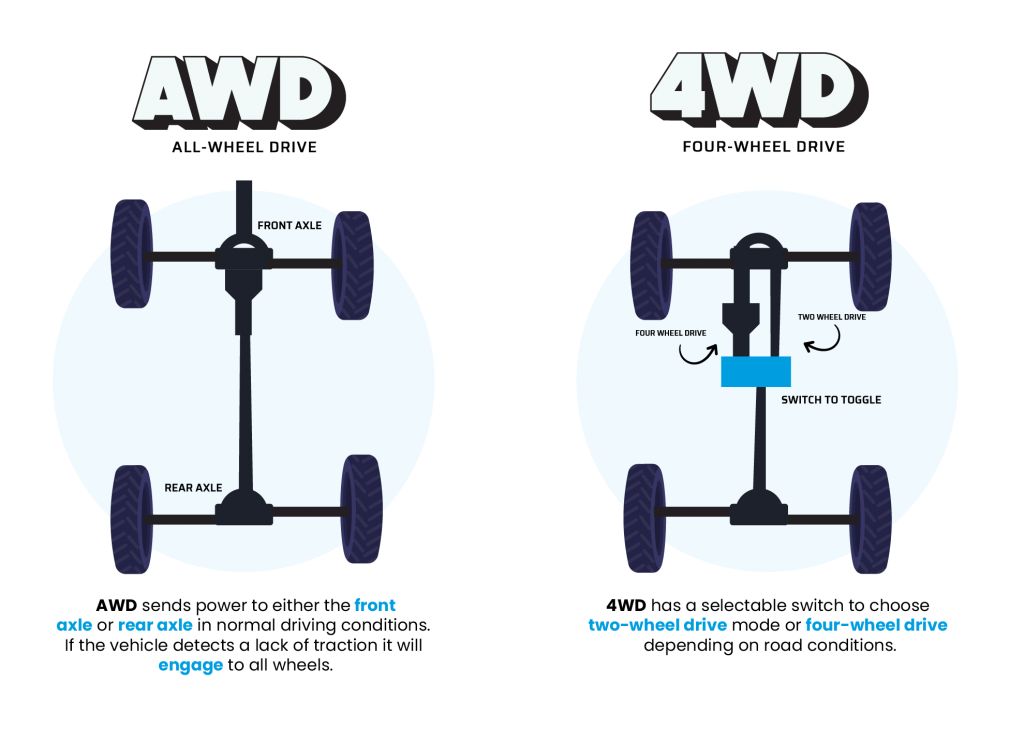

To start with, both 4WD and AWD share a common goal: they send power to all four wheels of your vehicle. However, the way they achieve this is where their true differences lie. Let's delve deeper into what sets them apart.
How They Work:
Four-Wheel Drive (4WD), often synonymous with off-road capability, is like having a superhero waiting in your garage ready to tackle rough terrain at any moment. This system is typically found in trucks and off-road SUVs designed for serious adventures through mud-laden paths or rocky mountain trails. The magic of 4WD lies in its ability to distribute torque evenly across all wheels when manually engaged by the driver—though some modern vehicles offer automatic engagement features. This equal distribution offers remarkable traction when navigating challenging landscapes.
On the other hand, All-Wheel Drive (AWD) operates quite differently. It's more subtle in its approach—think of it as a guardian angel working quietly behind the scenes while you drive sedans, crossovers, or urban-friendly SUVs. AWD continuously monitors road conditions and automatically adjusts power between front and rear wheels as needed without requiring any input from you. This seamless transition helps maintain stability on wet or lightly snowy roads but isn't typically robust enough for extreme off-roading.
When to Use Them:
Choosing between 4WD and AWD largely depends on where—and how—you plan to drive. Picture this: if you're an avid explorer with dreams of tackling desert dunes or icy backroads during winter storms, then 4WD should be your go-to choice due to its exceptional grip in extreme conditions.
Conversely, if most of your journeys involve city streets that occasionally get slick from rain showers or light snowfalls during morning commutes, AWD might be better suited for providing extra peace of mind without compromising everyday convenience.